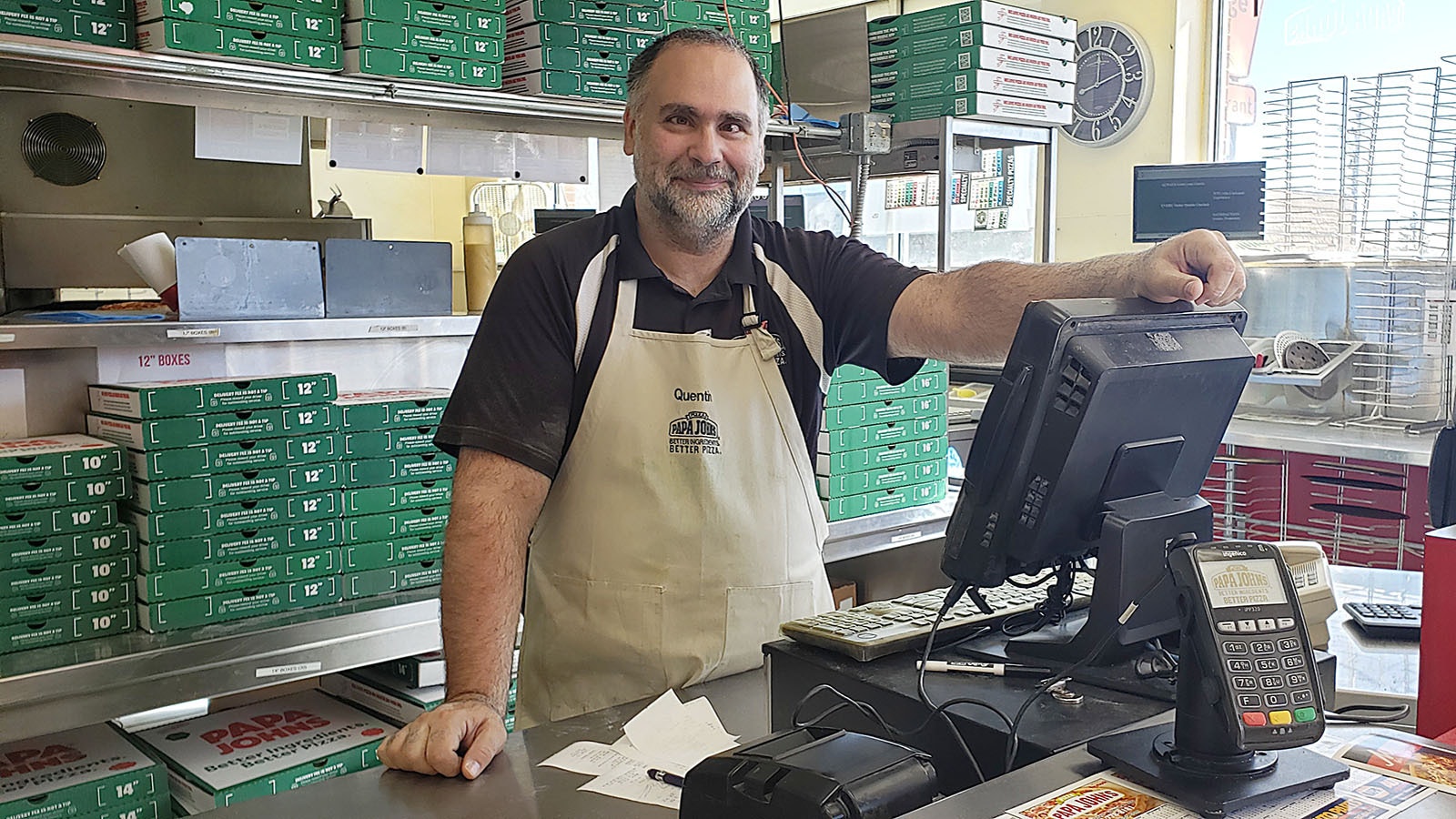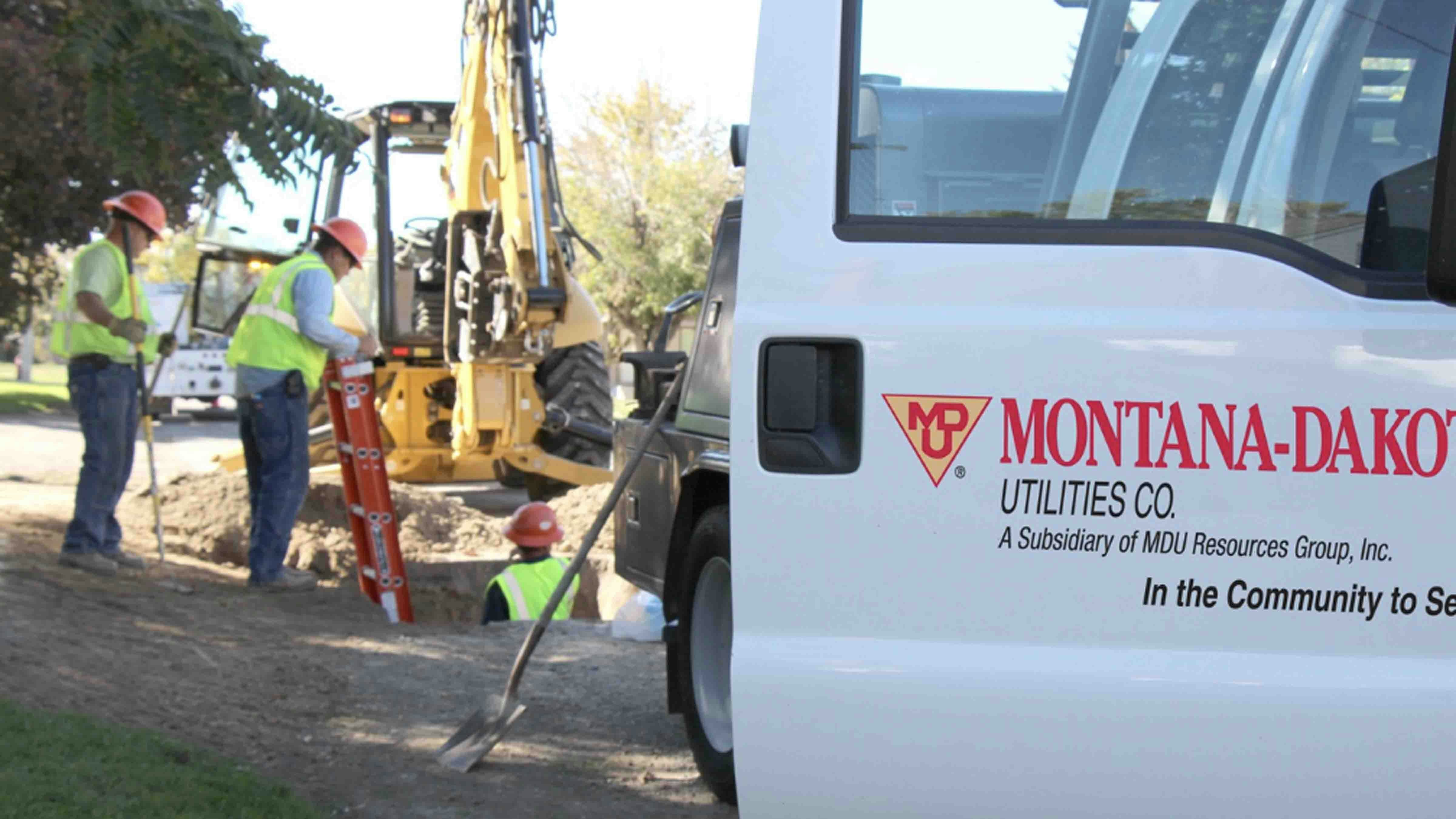By Renée Jean, Business and Tourism Reporter
renee@cowboystatedaily.com
Tim Giersch with Papa Johns in Cheyenne would hire a mix of 20 full- and part-time people today to work at both of the city’s pizza shop locations if he could.
But like many other Wyoming businesses, a lack of available workforce has forced the stores to cut hours and close earlier, which at times can be an unwelcome surprise for customers.
“Our hours haven’t changed in probably over 20 years,” Giersch told Cowboy State Daily.
Red Hot Job Market
He believes the evolution of delivery services like DoorDash is one thing that’s cutting into his ability to hire.
“A lot of people want to go with Uber or DoorDash where you don’t have to have a boss,” he said.
Another big factor at play is Wyoming’s red hot job market. The state’s job opening rate is 8.9%, the second highest in the nation, behind only Alaska.
That has many restaurants and retailers across the state cutting store hours, or in some cases giving up altogether on hiring now.
28,000 Job Openings
Kenny Lee with Cowtown Candy in Cody is in the latter boat.
“We’re looking for somebody real specific,” Lee told Cowboy State Daily. “It’s difficult to find somebody in this particular labor market when you have restaurants that are closed sometimes two, maybe three days a week because they don’t have enough labor.”
Lee said in talking with others in Cody, he knows other types of businesses also are having problems, so he believes the labor shortage isn’t just impacting restaurants and retail.
In fact, the Cowboy State has 28,000 job openings now, according to the most recent Bureau of Labor statistics report, and just 9,000 job seekers. That 3-to-1 imbalance has in turn helped fuel an 11.2% rise in wages.
While all of this makes good odds for job seekers hoping to trade up for better-paying employment, it’s also created hiring headaches for all kinds of managers, from candy shops and pizza joints to health care facilities.
Growth in Leisure and Hospitality
The largest job growth sector in Wyoming has been leisure and hospitality, said Dave Bullard, senior economist for Wyoming Labor Market Information. The sector gained 2,400 jobs year over year, which works out to a 6.2% increase.
Mining, meanwhile, rose by 1,200 jobs, which is an 8% increase, and the health sector added 1,100 jobs, or 3.9%.
“I mean, the economy, Wyoming’s economy is growing, and we’re seeing new jobs in a lot of different sectors,” Bullard told Cowboy State Daily.
Wyoming’s most recent MACRO report, meanwhile, shows 7,400 jobs added back to the economy through August over 2021, a 2.7% increase overall. That brought the state’s total number of jobs to 286,000, which is still shy of pre-pandemic levels, when the state had 290,000 jobs.
Cumulative Effect
Bullard thinks the current hiring crunch is caused by a variety of factors, not just one thing.
“First of all, the population is aging,” he said. “More people are moving into retirement age groups and just retiring.”
There’s also been frequent imbalances in supply and demand since the pandemic, as well as pandemic stimulus payments that he believes have affected decisions for people at the margins.
“To the extent that people have more money, they’re less willing to work on the margin, we say,” Bullard said. “So it probably didn’t affect their willingness or their desire to work, but some people on the margin, it did affect them.”
There also are those who became sick with long COVID or who died, or who simply worry about becoming sick and have decided not to return to work.
“Those don’t have to be huge numbers of people, but you know, little by little it affects things,” Bullard said.
Other people, meanwhile, have simply re-evaluated priorities — aka the Great Resignation — and decided to improve their work-life balance.
“The pandemic really changed things, and so people are making different choices,” Bullard said.





